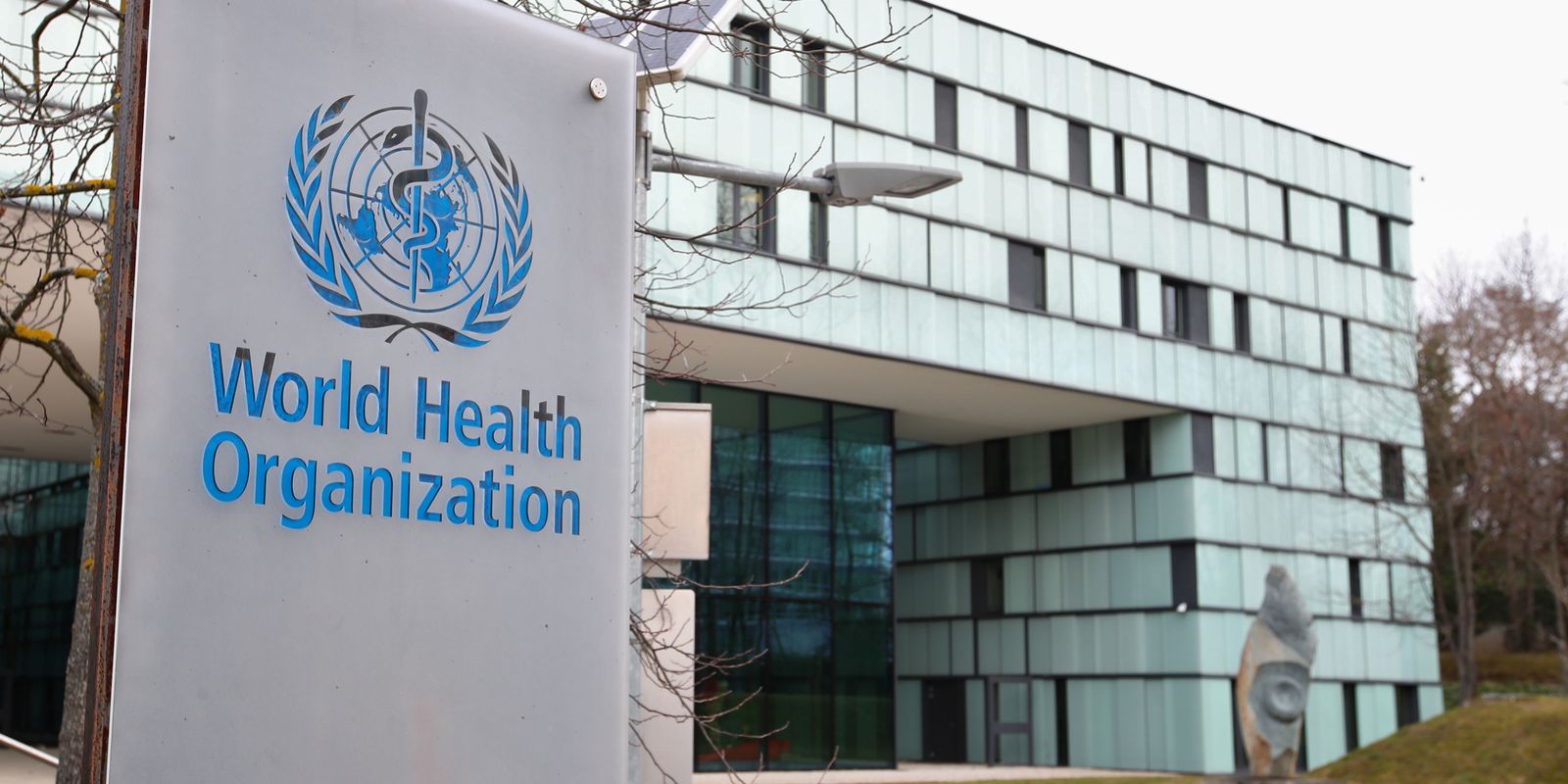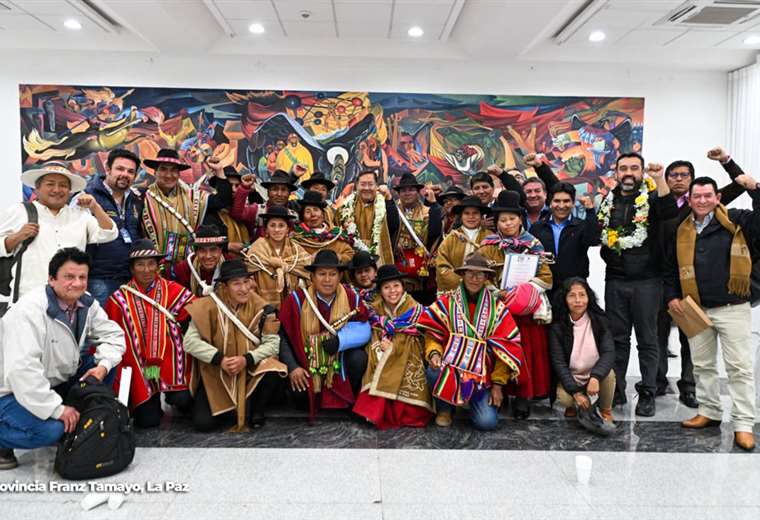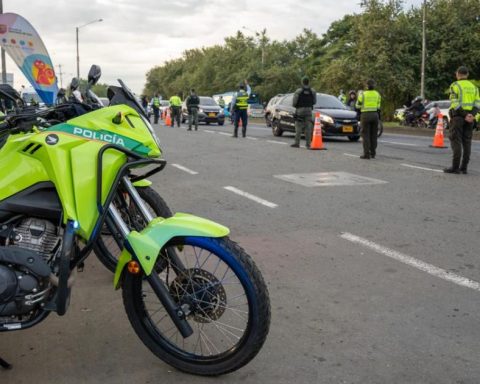Lymphoma is one of the ten most common types of cancer in the country. In 2024 alone, 15,120 cases of the disease are expected to be recorded. If left untreated, it can progress and cause unexplained fever at the end of the day, night sweats and sudden weight loss. The Green-Light August campaign alerts the population about this type of blood cancer, which can have a high chance of recovery and cure if diagnosed early.
The main recommendation is that people always be aware of the main initial sign: the appearance of painless lumps anywhere on the body, such as the neck, groin and armpits, which can cause discomfort. Light Green August is an initiative by the World Health Organization (WHO) that seeks to increase the population’s knowledge about lymphoma.
“If a patient has a lump in the armpit, neck or groin, it is important to know whether or not it is associated with an infectious condition. If the patient has the flu, a cold or a local infection, this lump is probably a sequela. For example, if the person has a toothache and a lymph node in the neck has grown, if the patient shaved and cut himself, if he shaved his armpit and a lymph node has grown rapidly and is painful, and if there is an infection in that area, it is probably an infectious condition,” explained hematologist Renata Lyrio at Oncologia D’Or.
According to her, it is advisable to see an oncologist if there is a lymph node and the patient has no infectious complaints and if it has grown spontaneously and is progressively enlarging. It is also important to be more alert if there is a fever and weight loss. “If the person feels sick or unwell, this is also a warning sign,” said Renata.
She highlighted that, in recent years, there have been major advances in the treatment of the disease. Earlier this year, for example, the National Health Surveillance Agency (Anvisa) approved Epcoritamab, a bispecific antibody to treat an aggressive type of blood cancer: relapsed (recurring) or refractory diffuse large B-cell lymphoma (which does not improve with available therapies). This is the most common subtype of non-Hodgkin lymphoma, accounting for 30% of lymphoma cases. Bispecific antibodies are a new class of drugs created through genetic engineering.
“This therapy has two arms. One of them binds to the tumor and the other to T cells of the immune system, causing them to attack the cancer cells. In a short time, the drug will be approved for earlier lines of treatment and for other types of lymphoma, such as follicular lymphoma and mantle lymphoma,” he said.
Lymphoma is a generic term used to describe a group of tumors that originate in white blood cells (lymphocytes) and develop in the lymph nodes. They are divided into Hodgkin’s lymphoma and non-Hodgkin’s lymphoma. The former accounts for approximately 20% of cases of the disease and mainly affects adolescents and young people (aged 15 to 25), with a second peak in frequency in the elderly (over 75 years). It is a lymphoma with a good prognosis and associated with a high chance of cure.
Non-Hodgkin lymphoma comprises 50 different types of cancer that occur in children, adolescents and adults, becoming more common as people age. According to the medical literature, 85% of non-Hodgkin lymphomas affect B cells, which produce antibodies against antigens. The other 15% affect T cells, which destroy microorganisms and abnormal cells and regulate the activity of other cells in the immune system.
According to the classification, lymphomas can be aggressive, grow and spread very quickly, requiring immediate treatment. Indolent lymphomas grow and spread slowly and, although they do not require emergency treatment, must be monitored by a hematologist. Treatment is done with chemotherapy, immunotherapy, targeted therapy, radiotherapy, stem cell transplant, surgery or cell therapy, known as CAR-T-cell (acronym in English for chimeric antigen receptor T-cell).

















